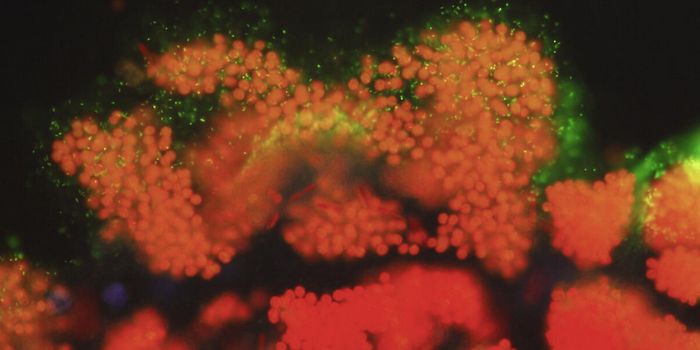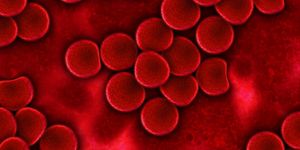Pathogenic Bacterium Blocks Appetite Loss During Infection
Being sick always seems to impact appetite, even inspiring the old adage to “feed a cold and starve a fever.” Now researchers with the Salk Institute have demonstrated that bacteria can block the loss of appetite that often accompanies illness. Getting the host of an infection to eat not only improves host health, but it also promotes the growth and spread of bacteria to other hosts. The new research has been published in Cell, and is discussed by the researchers in the following video.
"It's long been known that infections cause loss of appetite but the function of that, if any, is only beginning to be understood," commented Janelle Ayres, assistant professor at Salk Institute's Nomis Foundation Laboratories for Immunobiology and Microbial Pathogenesis.
The researchers studied mice that had been orally infected with Salmonella Typhimurium, which has been studied before and usually results in appetite loss and a decline in health in affected mice as the bacteria moves from the intestines to other parts of the body. In this work, the investigators determined that when sick mice ate extra calories in spite of appetite loss, they lived longer. The scientists rules out a robust immune response, finding that survival was extended because in well-fed mice, the bacteria remained in the intestines. The mice that ate more stayed healthier regardless of the infection. It seemed that the Salmonella bacteria was exerting an effect on the intestines to stem the loss of appetite. While the bacteria were not as virulent, they were able to move to other hosts, illustrating why this system is so beneficial to the bacteria.
"What we found was that appetite loss makes the Salmonella more virulent, perhaps because it needs to go beyond the intestines to find nutrients for itself. This increased virulence kills its host too fast, which compromises the bacteria's ability to spread to new hosts," explained the first author of the work, Sheila Rao, a Salk research associate. "The tradeoff between transmission and virulence has not been appreciated before--it was previously thought that virulence and transmission were coupled."
Higher virulence in the bacteria would kill the host, while lower virulence allowed the host to eat, survive, and disseminate the pathogenic bacteria in feces that would then cause infection in other animals. Salmonella uses a molecule termed SlrP to accomplish their goals; SlrP can block the activation of cytokines, a type immune system protein. Cytokines can reduce appetite in the brain directly, causing appetite loss in infected animals. In this study, if the Salmonella-infected mice could not produce SlrP, they ate less food – resulting in more substantial weight loss and more rapid death compared to control mice.
Ayres cautions that there is much more work to be done before we will understand how this works in humans. They plan to interrogate the human microbiome to find other microbes that have an effect on appetite, as well as following up with SlrP and its targets. It is possible that drugs affecting such molecules could aid in treating appetite loss such as that seen in cancer patients.
"Now that we'd identified this mechanism that regulates appetite, we want to turn it on the flip side and see if we can decrease appetite via this mechanism to help in cases of metabolic disease," says Ayres.
Their work indicates that it could be possible to treat infectious diseases without antibiotics, possibly with a nutritional intervention. "Finding alternatives to antibiotics is incredibly important as these drugs have already encouraged the evolution of deadly antibiotic-resistant strains," concluded Ayres.
Sources: AAAS/Eurekalert! via Salk Institute, Cell









